Stanislav Nikolov
From Language Games to Drawing Games
Oct 06, 2020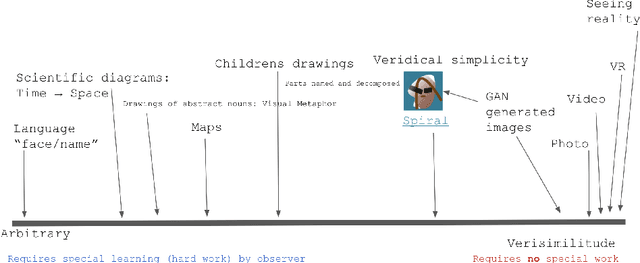
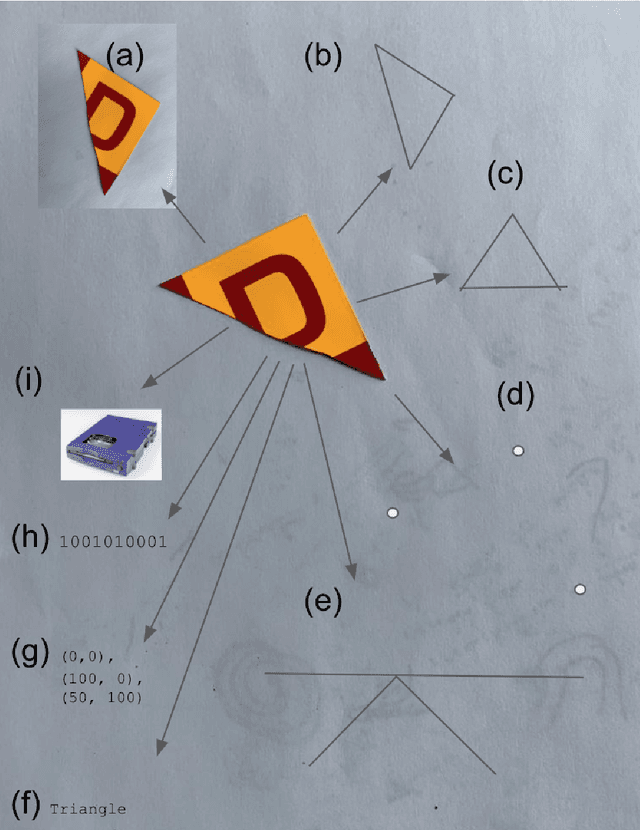
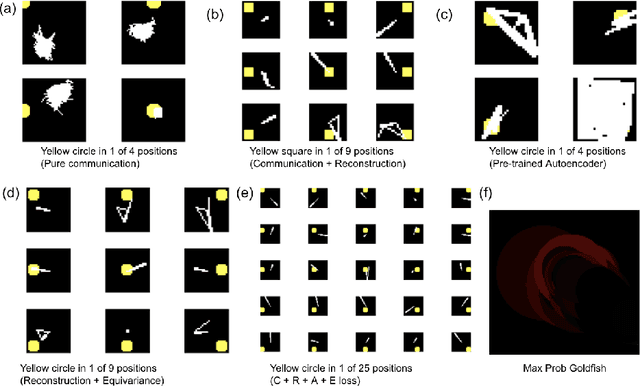
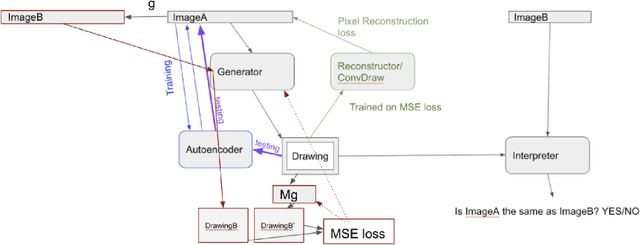
Abstract:We attempt to automate various artistic processes by inventing a set of drawing games, analogous to the approach taken by emergent language research in inventing communication games. A critical difference is that drawing games demand much less effort from the receiver than do language games. Artists must work with pre-trained viewers who spend little time learning artist specific representational conventions, but who instead have a pre-trained visual system optimized for behaviour in the world by understanding to varying extents the environment's visual affordances. After considering various kinds of drawing game we present some preliminary experiments which have generated images by closing the generative-critical loop.
Deep learning to achieve clinically applicable segmentation of head and neck anatomy for radiotherapy
Sep 12, 2018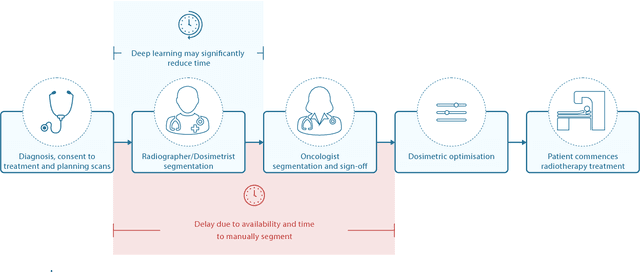
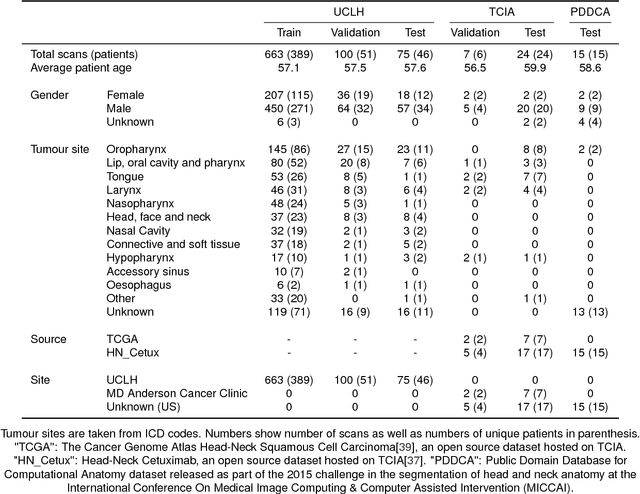
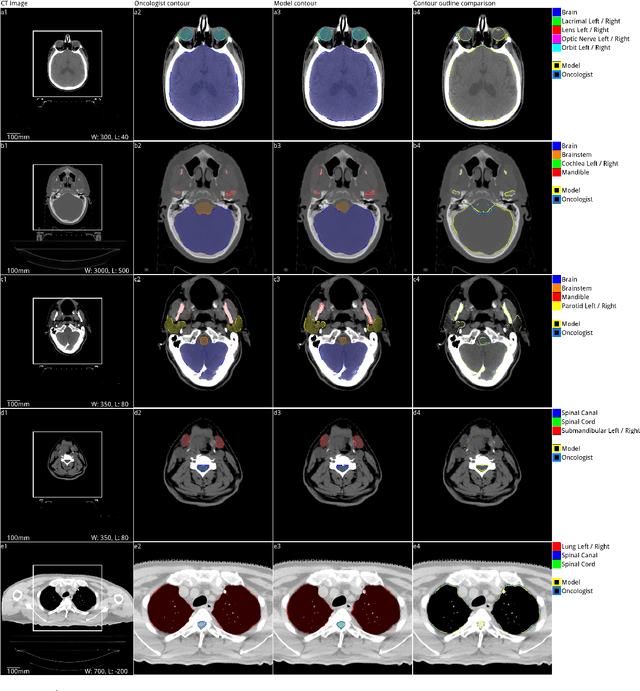
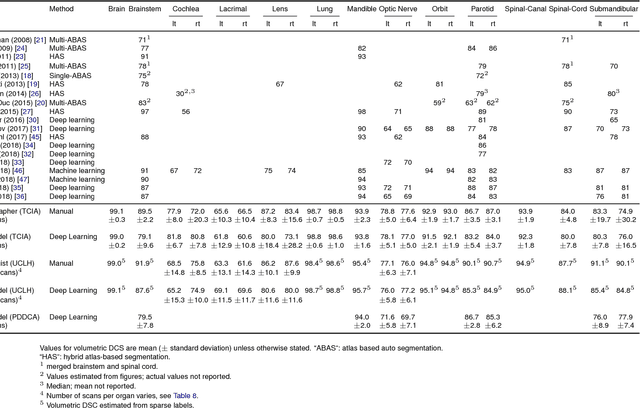
Abstract:Over half a million individuals are diagnosed with head and neck cancer each year worldwide. Radiotherapy is an important curative treatment for this disease, but it requires manually intensive delineation of radiosensitive organs at risk (OARs). This planning process can delay treatment commencement. While auto-segmentation algorithms offer a potentially time-saving solution, the challenges in defining, quantifying and achieving expert performance remain. Adopting a deep learning approach, we demonstrate a 3D U-Net architecture that achieves performance similar to experts in delineating a wide range of head and neck OARs. The model was trained on a dataset of 663 deidentified computed tomography (CT) scans acquired in routine clinical practice and segmented according to consensus OAR definitions. We demonstrate its generalisability through application to an independent test set of 24 CT scans available from The Cancer Imaging Archive collected at multiple international sites previously unseen to the model, each segmented by two independent experts and consisting of 21 OARs commonly segmented in clinical practice. With appropriate validation studies and regulatory approvals, this system could improve the effectiveness of radiotherapy pathways.
A Latent Source Model for Nonparametric Time Series Classification
Dec 13, 2013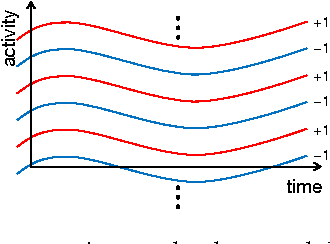

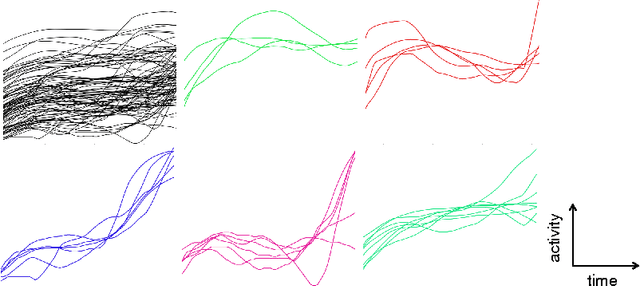
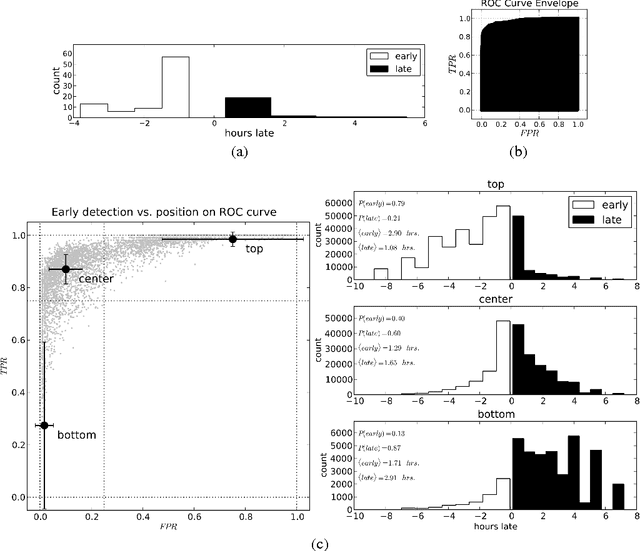
Abstract:For classifying time series, a nearest-neighbor approach is widely used in practice with performance often competitive with or better than more elaborate methods such as neural networks, decision trees, and support vector machines. We develop theoretical justification for the effectiveness of nearest-neighbor-like classification of time series. Our guiding hypothesis is that in many applications, such as forecasting which topics will become trends on Twitter, there aren't actually that many prototypical time series to begin with, relative to the number of time series we have access to, e.g., topics become trends on Twitter only in a few distinct manners whereas we can collect massive amounts of Twitter data. To operationalize this hypothesis, we propose a latent source model for time series, which naturally leads to a "weighted majority voting" classification rule that can be approximated by a nearest-neighbor classifier. We establish nonasymptotic performance guarantees of both weighted majority voting and nearest-neighbor classification under our model accounting for how much of the time series we observe and the model complexity. Experimental results on synthetic data show weighted majority voting achieving the same misclassification rate as nearest-neighbor classification while observing less of the time series. We then use weighted majority to forecast which news topics on Twitter become trends, where we are able to detect such "trending topics" in advance of Twitter 79% of the time, with a mean early advantage of 1 hour and 26 minutes, a true positive rate of 95%, and a false positive rate of 4%.
 Add to Chrome
Add to Chrome Add to Firefox
Add to Firefox Add to Edge
Add to Edge